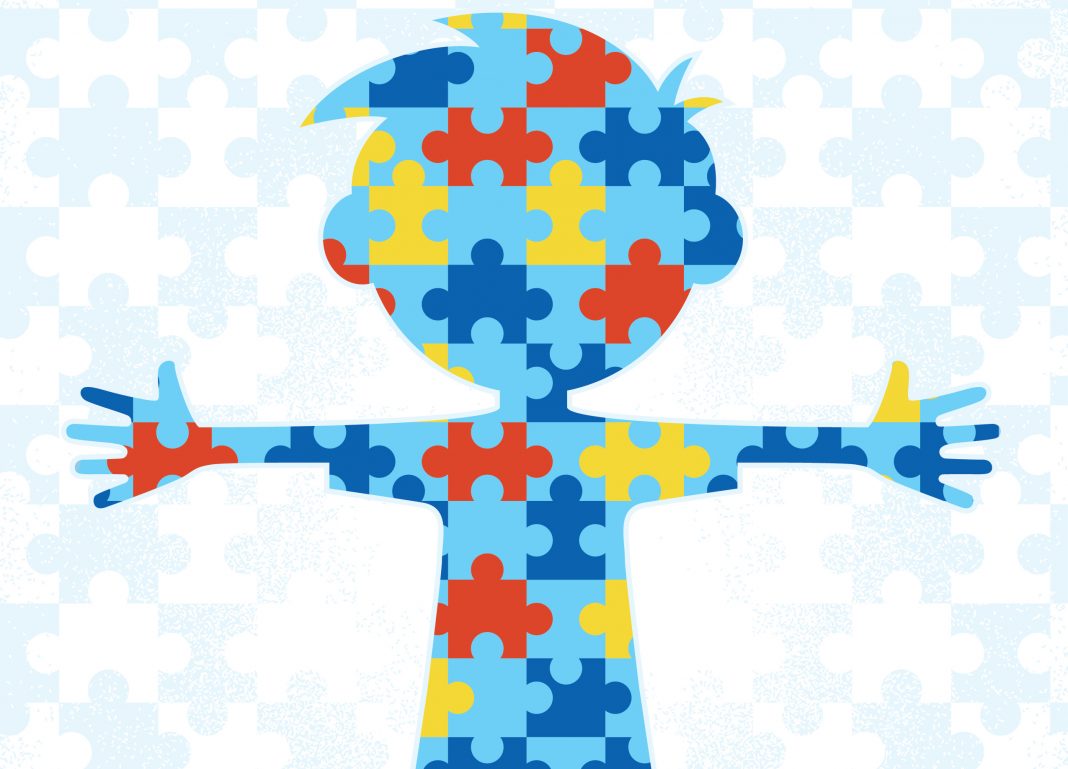A major international study led by researchers from the University of Cambridge has shown that autism diagnosed in early childhood exhibits a different genetic and developmental profile compared to autism diagnosed later in childhood. The research, which analyzed behavioral data from the U.K. and Australia and genetic data from over 45,000 autistic individuals across Europe and the U.S., highlights significant variations in the trajectories of autistic development based on the age of diagnosis.
The findings challenge the long-held belief that autism is a uniform condition with a single underlying cause. Reporting in the journal Nature, lead author Xinhe Zhang, PhD, and colleagues emphasized the implications of their research for understanding autism. They stated, “These findings provide further support for the hypothesis that the umbrella term ‘autism’ describes multiple phenomena.”
Distinct Developmental Trajectories Identified
Historically, autism has been recognized as a condition that emerges primarily during early childhood. However, the study reveals a trend toward increased diagnoses occurring from mid-childhood onward. “It is unknown whether earlier- and later-diagnosed autism have different developmental trajectories and genetic profiles,” the authors noted.
The research utilized longitudinal data from four independent birth cohorts, revealing two different socio-emotional and behavioral trajectories. Children diagnosed with autism before the age of six were more likely to display social interaction difficulties early on. In contrast, those diagnosed later exhibited heightened social and behavioral challenges during adolescence, along with a greater risk of mental health issues such as depression and PTSD.
When linking genetic data to the age of diagnosis, researchers found distinct genetic profiles for early and later diagnoses, indicating only a modest overlap. Specifically, common heritable polygenic factors explained approximately 11% of the variance in the timing of autism diagnosis, which is comparable to the influence of individual sociodemographic and clinical factors.
Implications for Understanding Autism
The study’s authors remarked that the average genetic profile for later-diagnosed autism is more aligned with conditions like ADHD and mental health disorders than with early childhood autism. This suggests that certain genetic factors may not only influence the onset of autism traits but also the development of associated mental health conditions later in life.
According to Varun Warrier, PhD, the senior study author, “We found that, on average, individuals diagnosed with autism earlier and later in life follow different developmental pathways.” The research implies that the timing of diagnosis is influenced by more than just access to healthcare, highlighting the complexity of autism’s biological and developmental foundations.
The study further proposes the existence of two distinct polygenic factors related to autism. One factor is tied to earlier diagnosis and is characterized by lower social and communication abilities, while the second is associated with later diagnosis, revealing increased socio-emotional and behavioral difficulties during adolescence.
The findings encourage a reevaluation of how autism is conceptualized and supported. They also underscore the need for improved recognition and understanding of autism features that may emerge later in life, which could facilitate earlier support and intervention for affected individuals.
In conclusion, the research suggests that autism encompasses a range of conditions, each with differing genetic and developmental profiles. As the authors note, these insights could significantly impact future approaches to diagnosis, support, and treatment for autistic individuals of all ages.
